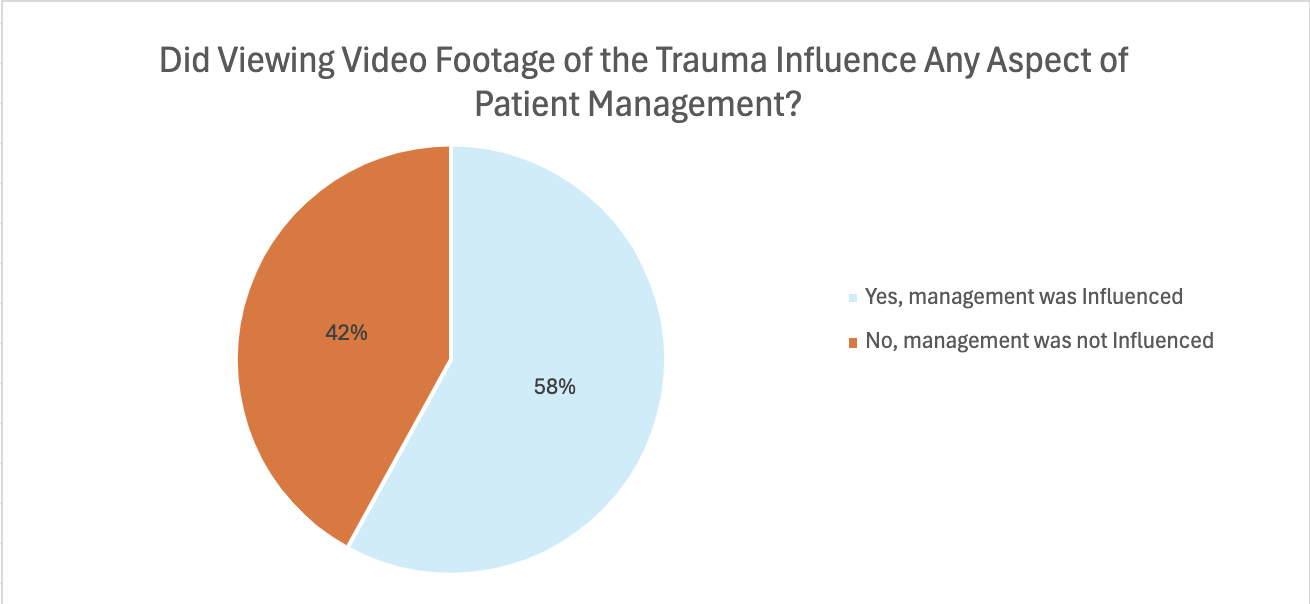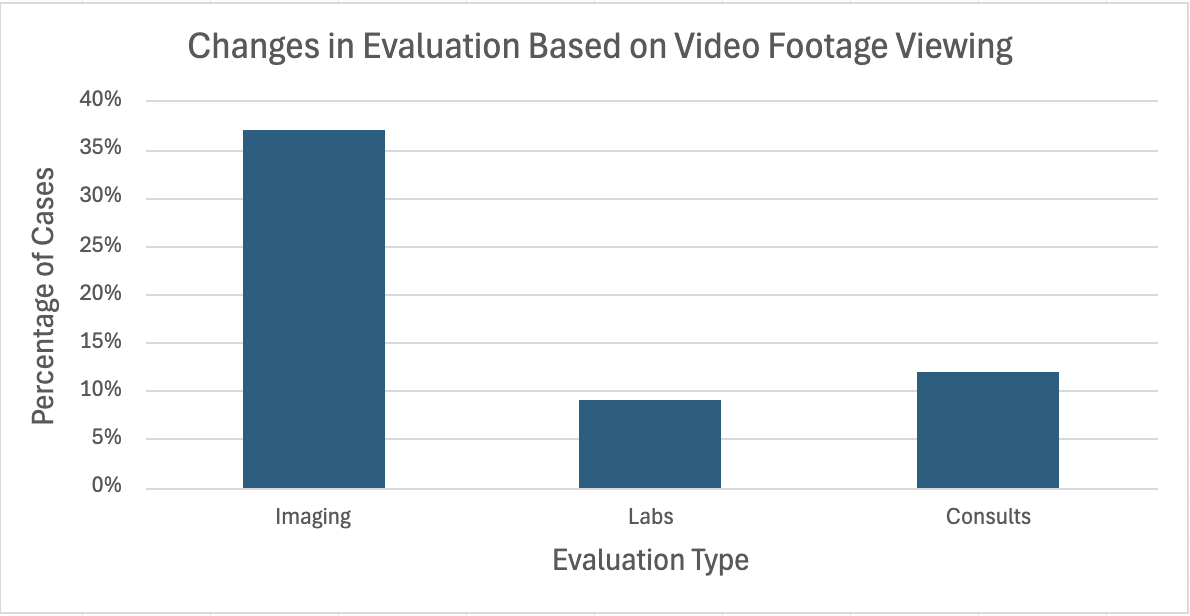Emergency Medicine 12
Session: Emergency Medicine 12
546 - Surveillance Video Footage of Injuries in the Pediatric Emergency Department: A Novel Piece of Patient History
Monday, April 28, 2025
7:00am - 9:15am HST
Publication Number: 546.6739
Lyndsay J. Lee, Donald and Barbara Zucker School of Medicine at Hofstra/Northwell, Douglaston, NY, United States; Patrick Yoo, St. Christopher's Hospital for Children, Philadelphia, PA, United States; Jonathan Golden, Northwell Health, Queens, NY, United States; Francesca Bullaro, Cohen children’s medical center, Garden City, NY, United States; Kristy Williamson, Cohen Children's Medical Center, New Hyde Park, NY, United States

Lyndsay J. Lee, Doctor of Medicine (she/her/hers)
Resident
Donald and Barbara Zucker School of Medicine at Hofstra/Northwell
Douglaston, New York, United States
Presenting Author(s)
Background: Unintentional injury is the leading cause of pediatric mortality in the US. Initial assessment of these injuries often occurs in the Emergency Department (ED). Diagnosis is challenging in cases where the perceived injury does not appear to be consistent with the mechanism described by the patient or family, or the injury is not directly observed by the caretaker. With the increasing use of home surveillance and cellphone cameras, caretakers are frequently capturing the mechanism of injury on video. We hypothesize that video footage may help supplement the history and help guide management.
Objective: To evaluate the impact of video footage on the medical assessment of traumatic injuries in children, specifically examining how its use influences clinical decision making and management.
Design/Methods: Data was collected over 30 months at a pediatric level 1 trauma center. Providers completed a survey after evaluating patients presenting with an injury and reviewing available video footage related to the mechanism. The survey included basic video information and whether video footage influenced the providers’ management.
Results: 43 surveys were completed after families voluntarily showed ED providers video footage of the patient’s injury mechanism. Most videos were from home monitoring devices (49%) and the most mechanisms of injury captured were falls (54%). In 25 cases (58%), ED providers reported that observing the video influenced management. Review of footage influenced providers’ decision regarding radiologic imaging in 16 cases (37%); providers performed radiologic imaging in 9 cases where they would not have otherwise and did not perform radiologic imaging in 7 cases where they would have otherwise. Review of footage influenced providers’ decision regarding lab studies in 4 cases (9%). Providers obtained lab studies in 3 cases where they would not have otherwise and did not obtain lab studies in 1 case where they would have otherwise. Review of footage influenced providers’ decision regarding consults in 5 cases (12%). Providers did not consult child abuse specialists in 3 cases where they may have otherwise and consulted trauma surgery in 2 cases where they would not have otherwise.
Conclusion(s): In over half of the study’s cases (58%), viewing video footage related to the injury mechanism impacted ED providers’ clinical decision making. This study suggests video surveillance footage can be used as an adjunct to the history obtained from patients and their families presenting to the ED for trauma evaluation.
Did Viewing Video Footage of the Trauma Influence Any Aspect of Patient Management?
 In 25 cases (58%), ED providers reported seeing the video influenced the management of their patient (total n= 43).
In 25 cases (58%), ED providers reported seeing the video influenced the management of their patient (total n= 43).Changes in Evaluation Based on Video Footage Viewing
 A review of the footage influenced providers’ decision regarding radiologic imaging in 16 cases (37%), lab studies in 4 cases (9%), and consults in 5 cases (12%) (total n= 25).
A review of the footage influenced providers’ decision regarding radiologic imaging in 16 cases (37%), lab studies in 4 cases (9%), and consults in 5 cases (12%) (total n= 25).
